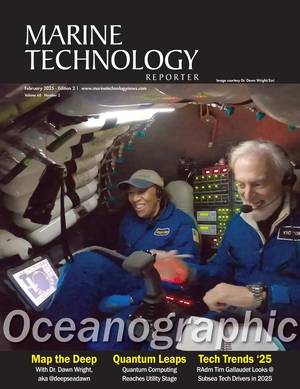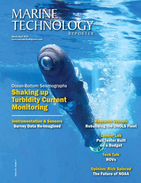BOEM Seeks Public Comment for Eleventh National Outer Continental Shelf Oil and Gas Leasing Program
On April 18, 2025, the Department of the Interior announced that the Bureau of Ocean Energy Management (BOEM) would soon initiate the first step in an engagement process to develop the 11th National Outer Continental Shelf Oil and Gas Leasing Program (National OCS Program). A Request for Information and Comments (RFI) will publish in the Federal Register on April 30, 2025. BOEM is seeking an array of information and comments, including but not limited to information associated with the economic, social, and environmental values of all OCS resources, as well as the potential impact of oil and gas
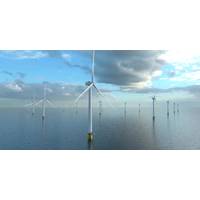
Equinor: Statement on Halting Empire Wind Project
In accordance with a halt work order issued by the US government, Empire Offshore Wind LLC (Empire) will safely halt the offshore construction in waters of the outer continental shelf for the Empire Wind project.On 16 April, Empire received notice from the Bureau of Ocean Energy Management (BOEM), ordering Empire to halt all activities on the outer continental shelf until BOEM has completed its review.Empire is engaging with relevant authorities to clarify this matter and is considering its legal remedies, including appealing the order.The federal lease for Empire Wind was signed with the US Administrat
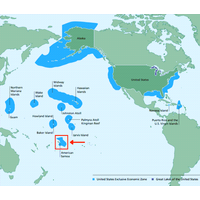
Impossible Metals Seeks Mining Lease Near American Samoa
the Pacific Ocean territory are estimated to contain large amounts of potato-shaped rocks known as polymetallic nodules filled with the building blocks for electric vehicles and electronics.The request from privately held Impossible Metals asks the U.S. Department of the Interior's Bureau of Ocean Energy Management - which oversees mineral deposits in federal waters - to launch a competitive lease process for the American Samoa nodules.A BOEM spokesperson confirmed the request and said the agency will decide by May 23 "whether to initiate steps that could lead to a lease sale." The agency
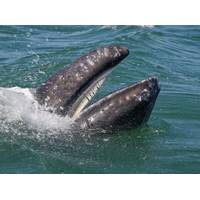
BOEM Initiates Cetacean Acoustic Monitoring Program
The Bureau of Ocean Energy Management (BOEM) has established the Partnership for an Offshore Wind Energy Regional Observation Network (POWERON).The public-private partnership between BOEM and offshore wind lessees is designed to maximize the quality and consistency of scientific data collected in lease areas while conserving and optimizing resources.The partnership is the latest way that the Biden-Harris administration is harnessing technology to responsibly advance offshore wind development in a way that protects biodiversity.The POWERON initiative expands BOEM’s recently established Passive
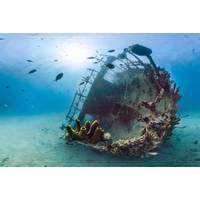
BOEM Announces New Rules for Protection of Shipwrecks
The US Bureau of Ocean Energy Management (BOEM) has finalized new regulations to better protect shipwrecks and other cultural resources on the seabed from potential harm due to offshore oil and gas activities.The final rule requires lessees and operators to submit an archaeological report with any exploration or development plan they submit to BOEM for proposed activities on the U.S. Outer Continental Shelf (OCS). The report must detail procedures for reporting the discovery of possible archaeological resources and how operations will avoid or minimize harm if archaeological resources are present.
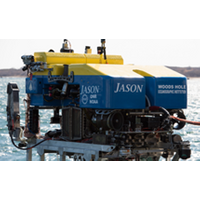
TDI-Brooks Delivers Deepwater Atlantic Habitats II Report
TDI-Brooks has announced that the report for Contract M17PC00009, issued by the U.S. Department of the Interior, Bureau of Ocean Energy Management (BOEM) is available online.The report is titled “Deepwater Atlantic Habitats II: Continued Atlantic Research and Exploration in Deepwater Ecosystems with Focus on Coral, Canyon and Seep Communities.” It is the final deliverable of the BOEM Contract called Deep SEARCH, conducted in partnership with the U.S. Geological Survey.Initially, the study was a five-year, collaborative scientific research program focused on the outer continental shelf
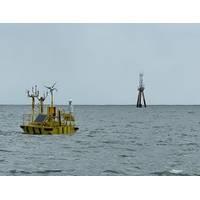
Weather Data Gathering Project Underway for US Offshore Wind
by the Pacific Northwest National Laboratory and Woods Hole Oceanographic Institution, with over 15 partners including national laboratories, universities, industry, and cooperation from local governments. The wildlife monitoring is a project of Duke University with funding from DOE and the Bureau of Ocean Energy Management.Upon completion of the data collection campaign, the monitoring platforms and instruments will be removed from the ocean, and the study's data and results will be published and used to improve the accuracy of weather forecasts for the region
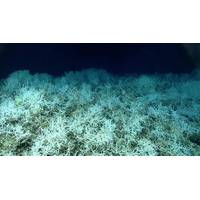
World's Largest Known Deep-sea Coral Reef Habitat Found
submersible dives in addition to mapping data, were collected as part of a coordinated, multi-year ocean exploration campaign involving NOAA Ocean Exploration, NOAA Ocean Exploration Cooperative Institute partners Ocean Exploration Trust and the University of New Hampshire , the Bureau of Ocean Energy Management, Temple University , and the U.S. Geological Survey, with contributions from Fugro , the NOAA Deep Sea Coral Research and Technology Program, and the South Atlantic Fishery Management Council .The largest area, nicknamed "Million Mounds" by scientists, is primarily made up
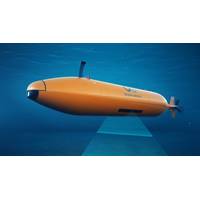
Equinor Taps Ocean Infinity for Floating Wind Farm Site Survey off California
area. Ocean Infinity's high quality data sets will facilitate informed decision-making and meticulous planning for the construction and operational phases," Ocean Infinity said.Image Credit: Equinor (cropped) - File imageBack in December 2022, five leases were offered by the Bureau of Ocean Energy Management (BOEM) in the first-ever offshore wind lease sale on the US west coast and the first-ever US sale to support commercial-scale floating offshore wind energy development opportunities. With a bid of USD 130 million for 80.062 acres in the Pacific Ocean, Equinor secured a ~2-gigawatt
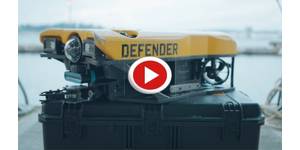
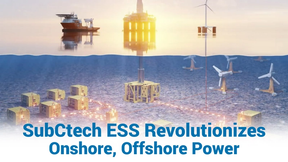
 February 2025
February 2025
